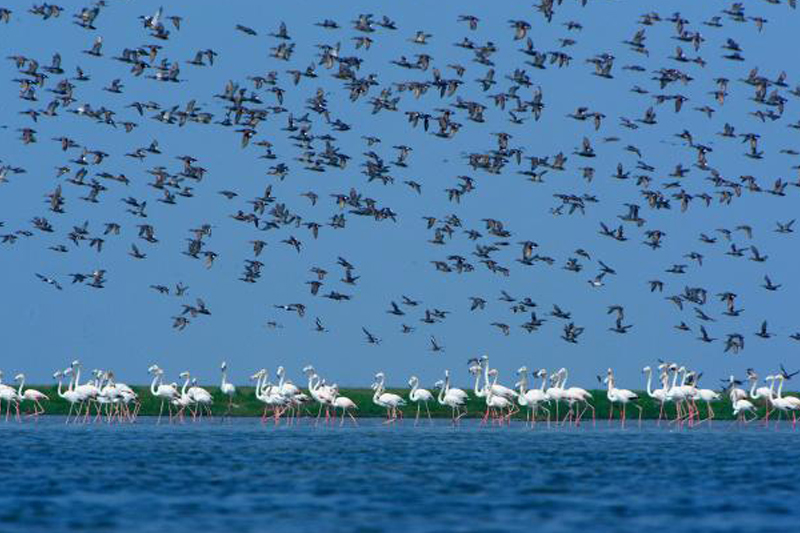BNHS to open its first regional centre near Chilika Lake
The Bombay Natural History Society (BNHS), one of India’s premier avian research institutes, will start operating its first regional centre or avifauna observatory on the campus of Wetland Research and Training Centre near Chilika Lake (Asia’s largest brackish water lagoon), Odisha.
Key Facts
The avifauna observatory will carry out research on avian disease by collecting samples and monitor Nalabana Bird Sanctuary. It will be engaged in identifying air route of foreign birds flocking Chilika lake during winter, sample collection, training related to bird census, publishing bird migration atlas books, examining various diseases among the birds and review condition of Nalabana bird sanctuary along with counting birds.
Bombay Natural History Society (BHNS)
BNHS is one of the largest non-governmental organisations in India engaged in conservation and biodiversity research. It was founded on 15 September 1883 and headquartered at Hornbill House, Mumbai. It supports many research efforts through grants and publishes Journal of Bombay Natural History Society. Department of Science and Technology has designated as ‘Scientific and Industrial Research Organisation’.
Chilika Lake
It is largest coastal lagoon or brackish water lake in India and Asia and second largest lagoon in the world (after The New Caledonian barrier reef in New Caledonia). It is located at mouth of Daya River, flowing into Bay of Bengal. It is spread over Puri, Khurda and Ganjam districts of Odisha on east coast of India, covering an area of over 1,100 km sq. It hosts nearly one million birds with 97 species being intercontinental migratory in nature during the winter season. It is largest wintering ground for migratory waterfowl found anywhere on Indian sub-continent. It is one of hotspot of biodiversity in country and some rare, vulnerable and endangered species listed in IUCN Red List of threatened animals. It was first waterbody in Indian to be designated as wetland of international importance under the Ramsar Convention in 1981. It was put under Montreux Record (record for such sites where there has been or likely to be adverse ecological change due to manmade activities), but was later removed from it due to conservation efforts.

Month: Current Affairs - August, 2018


